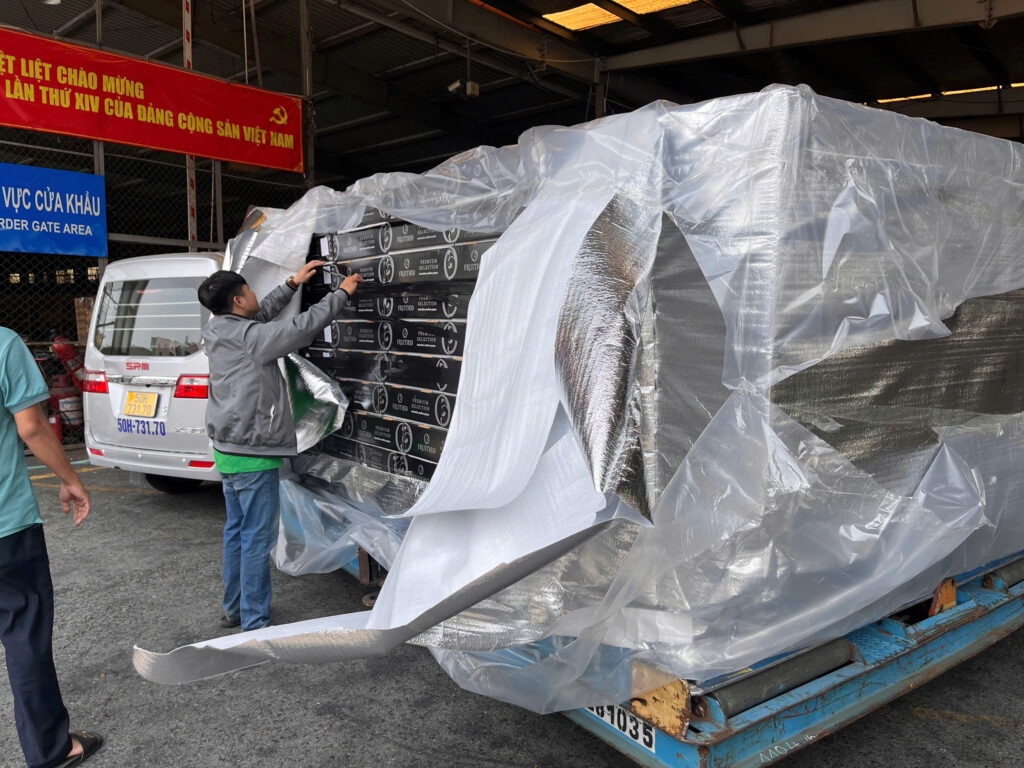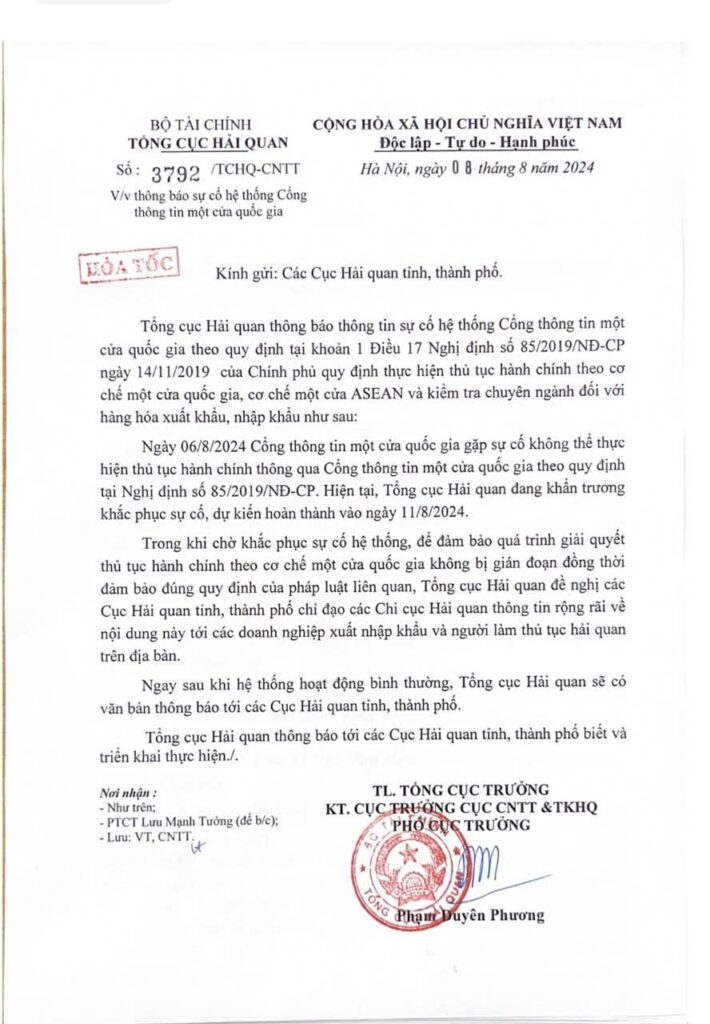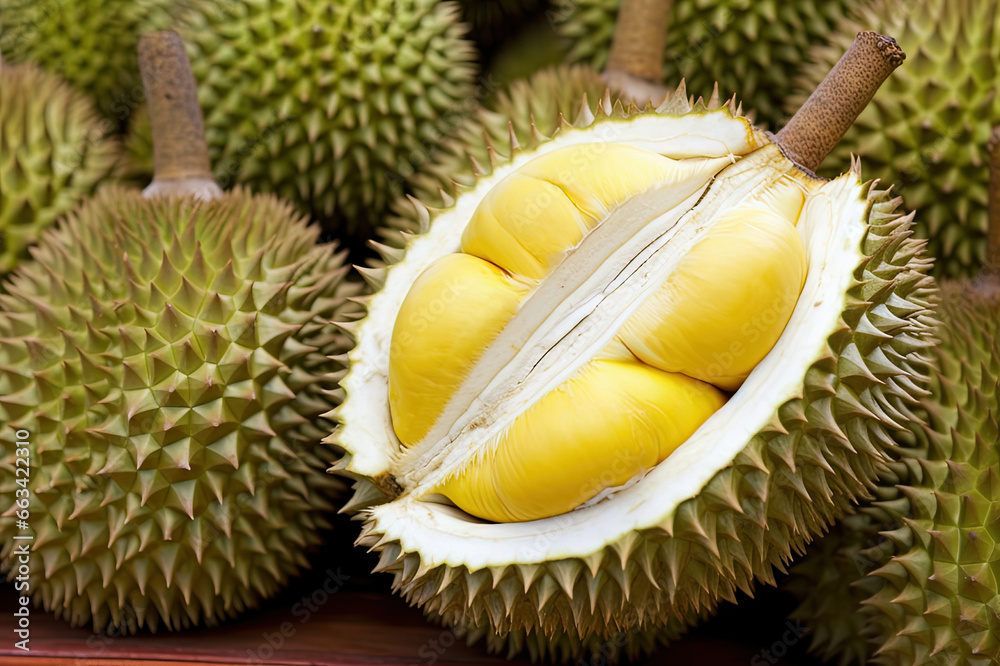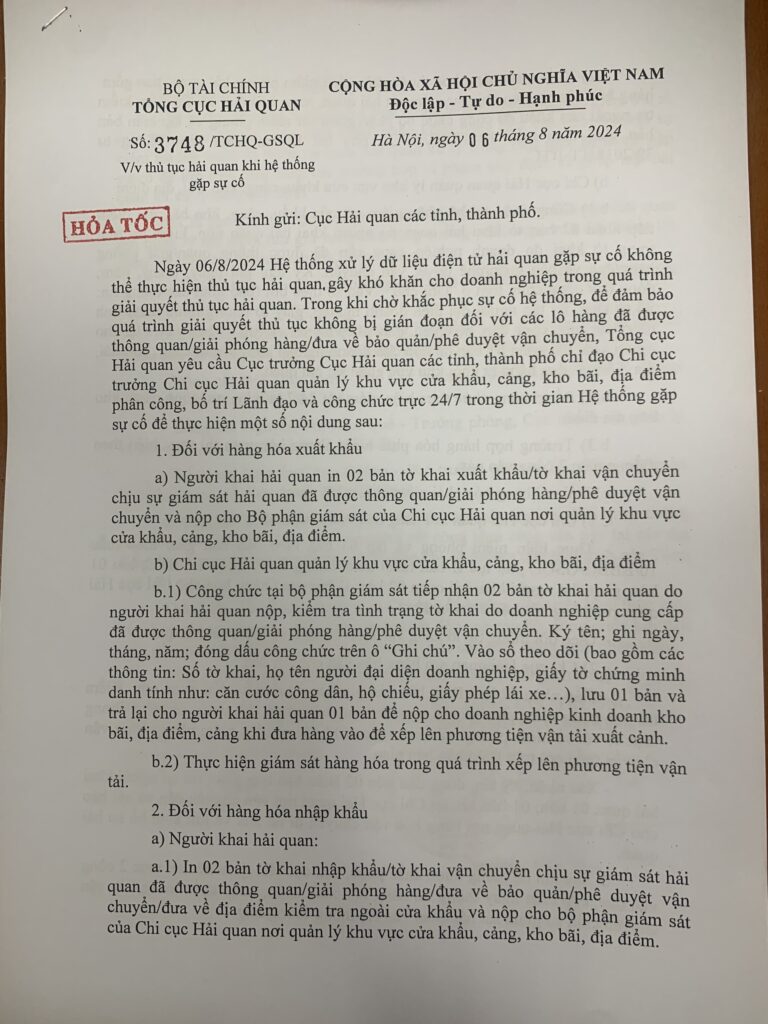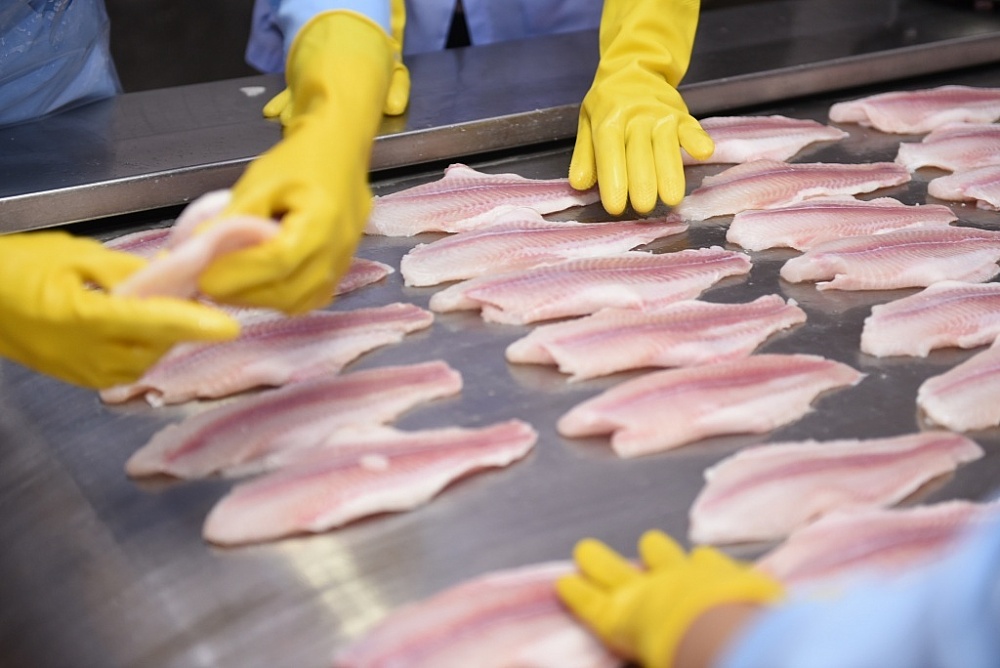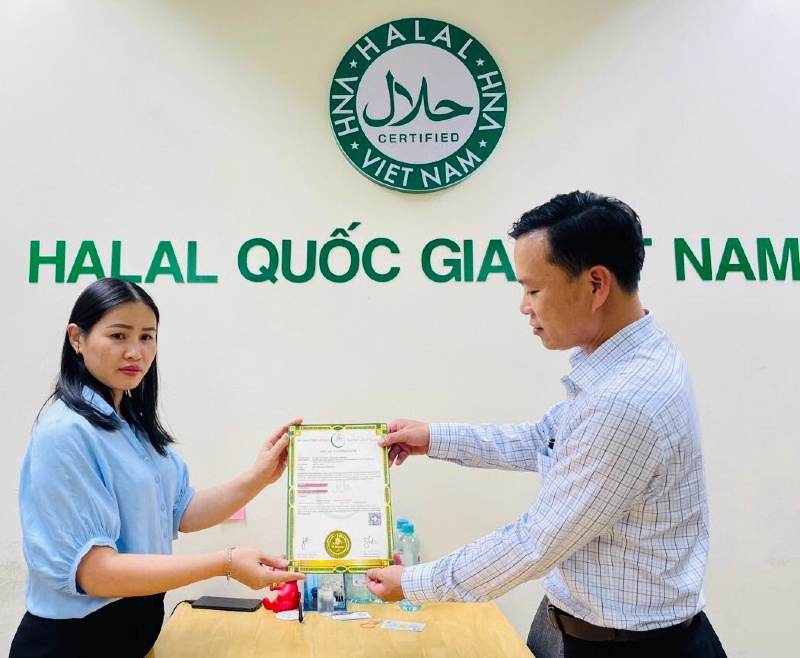1. Mangosteen Growing Areas in Vietnam
Mangosteen is commonly grown in two regions: the Mekong Delta and the Southeast. It is mainly grown in the Mekong Delta with an area of about 4.9 thousand hectares, yielding about 4.5 thousand tons. Ben Tre province is the place with the largest concentrated area, reaching 4.2 thousand hectares (accounting for 76.8% of the country's area).
With such a large area, the two main mangosteen growing areas bring a harvest of approximately 27 thousand tons per season.
Besides, some mangosteen growing regions are quite popular such as Can Tho, Soc Trang, Binh Duong, Tra Vinh, Vinh Long...
–> See more: Some mangosteen export standards
1.1 Time to officially export Mangosteen to China
Each mangosteen harvest season is usually after Tet or around March to April. Because most mangosteens are grown in the Southern and Western regions, mangosteen trees will bloom from early December at the right time. Cool weather until the end of February.
Thanks to this large concentration of mangosteen harvest time, the time for exporting mangosteen to China by growing households and businesses will be around May and June.
Notes When Exporting Mangosteen Officially to China
- About Processing
After being harvested, mangosteen will be placed in plastic baskets or bamboo baskets and must have paper or newspaper lining to transport to the processing house.
During the processing process, mangosteen fruits exported to China must be dipped in fungicide, which is a form of medicine that both maintains the quality of the fruit and prevents fungus from spreading and preserving it for a long time.
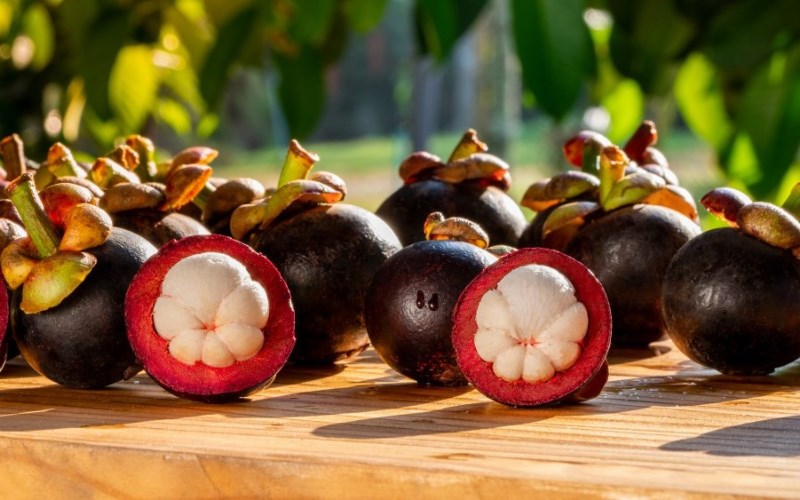
- About Storage
Storage of harvested mangosteen must be fresh and dry. Clean, cool air conditions. Especially there must not be any strange smell that affects the quality of the mangosteen.
Note that export mangosteen storage warehouses must not contain toxic chemicals, or goods with strange flavors that obscure the smell of fresh mangosteen.
- About Packaging
Mangosteen products when packaged in containers must be foam containers with pre-shaped molds, each mold must fit the volume of one fruit or can be stored in foam trays, with outer packaging containing clear traceability information. clear.
2. Mangosteen export policy
Regarding mangosteen export policy, it will be regulated according to the following legal documents:
According to Appendix II of Decree 69/2018/ND-CP dated May 15, 2018, mangosteen products are not on the list of prohibited or restricted exports.
According to Circular 15/2018/TT-BNNPTNT dated October 29, 2018, mangosteen products must be quarantined before being exported to other countries.
HS code and export tax of mangosteen:
- According to Vietnam's import-export tariff, mangosteen products belong to group 0804
- This item is not on the list of subject to export tax. So the export tax of this item is 0%, VAT is also 0%.
- 08045030 – Mangosteen fruit
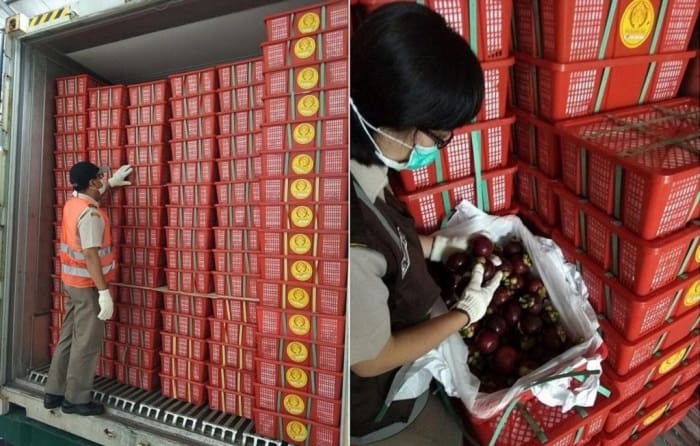
3. Mangosteen plant quarantine dossier
According to Circular 30/2014/TT-BNNPTNT dated September 5, 2014, the application set includes:
- Commercial contract.
- Commercial invoice.
- Packing list.
- Plant quarantine registration certificate – PHYTOSANITARY CERTIFICATE.
- Quarantine samples depend on the quantity of the export shipment.
4. Mangosteen export dossier set
According to Circular 39/2018/TT-BTC, the mangosteen export dossier set includes:
- Export customs declarations.
- Commercial invoice.
- Commercial contract.
- Packing list.
- Phytosanitary certificate.
- Certificate of origin (if required).
- And other related documents.
Note when exporting mangosteen
- When exporting mangosteen products, they need to undergo plant quarantine.
- Regarding standards for exporting mangosteen: based on Article 10 of the 2010 Food Safety Law:
- Must meet technical regulations, pesticide residues, veterinary drugs, heavy metals, environmental pollutants, and other substances harmful to human health and life.
- Second is to ensure the product's packaging label.
- To minimize risks and ensure sustainable watermelon exports to countries, businesses producing and exporting mangosteen agricultural products should coordinate closely with importers. Only then will we ensure compliance with regulations on quality standards, testing, quarantine, packaging, etc.
According to Decree 43/1017/ND-CP, all types of imported and exported goods must be labeled. Label content includes:
- Origin of goods
- Name and address of the trader responsible for the goods: exporter, importer
- Names and information related to goods are specified in Appendix I of this Decree and related legal documents.
WOMENunmarketableDear customers, what about vughNg mahcbaht any information live above, please kunmarketabletnohivUhi our company deh nhahNDuhcsUgh phmoundcvmound tahn mind – tUh vahn miEhn fee, hoh pbelch 24/7.
Please contact hEh hotline: 0903712368 (MS.Trang) Deh DuhctUh vahntahn love veh mohI thahcmahccincubateDear customers.
—– RELATED ARTICLES:

